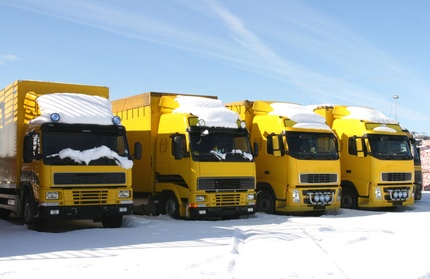
Urea injection into the exhaust systems of diesel engines is a newly developed method of pollution reduction. AutoWeek reports that urea injection systems are expected to be available on diesel-powered trucks and cars beginning in 2010. The pollutants removed by these systems are nitrous oxide and carbon monoxide.
Exhaust from the diesel engine first goes through a particulate filter that has been required by the Environmental Protection Agency (EPA) for some time. The particulate filter removes solid particles of soot which causes the black smoke, commonly emitted from diesel engines. Downstream from the particulate filter, a mixture of urea and water is misted into the exhaust line from a small tank. Heat in the exhaust turns the urea into ammonia and then, a catalytic converter turns the ammonia into nitrogen and steam.

The mixture misted into the exhaust system is called diesel exhaust fluid (DEF) and is composed of 32.5 percent industrial urea and 67.5 percent deionized water. DEF will be available at auto parts stores, service stations, dealerships, quick lube outlets and through dispensing machines. Supply tanks on automobiles and trucks are sized so that they will need to be refilled at the same time intervals as oil changes are scheduled.

EPA requires that certain devices be placed on diesel burning vehicles that ensure DEF is being used. Vehicles will not start if the DEF tank is empty and a red indicator light on the dashboard warns a driver when the tank is near empty. The urea injection system is also designed to be tamperproof.
Since urea freezes at about 11 degrees Fahrenheit, heater lines are installed in the system to keep it from freezing in cold weather. If the vehicle is not used for a period of time during hot weather, the DEF in the exhaust system should be replaced. DEF begins to convert into ammonia at about 120 degrees Fahrenheit and the conversion rate increases as the temperature rises.

Mike Levine reported on News.pickuptrucks.com that DEF is expected to cost about $2.75 per gallon and will be available in 2.5 gallon jugs and in bulk. Richard Truett reported in AutoWeek that Kevin McMahon, managing partner at the Martec Group, said a urea system will cost about $880 to install on an automobile or pickup truck. An alternate system, involving a nitrous oxide trap, will cost approximately $1,400 to install.